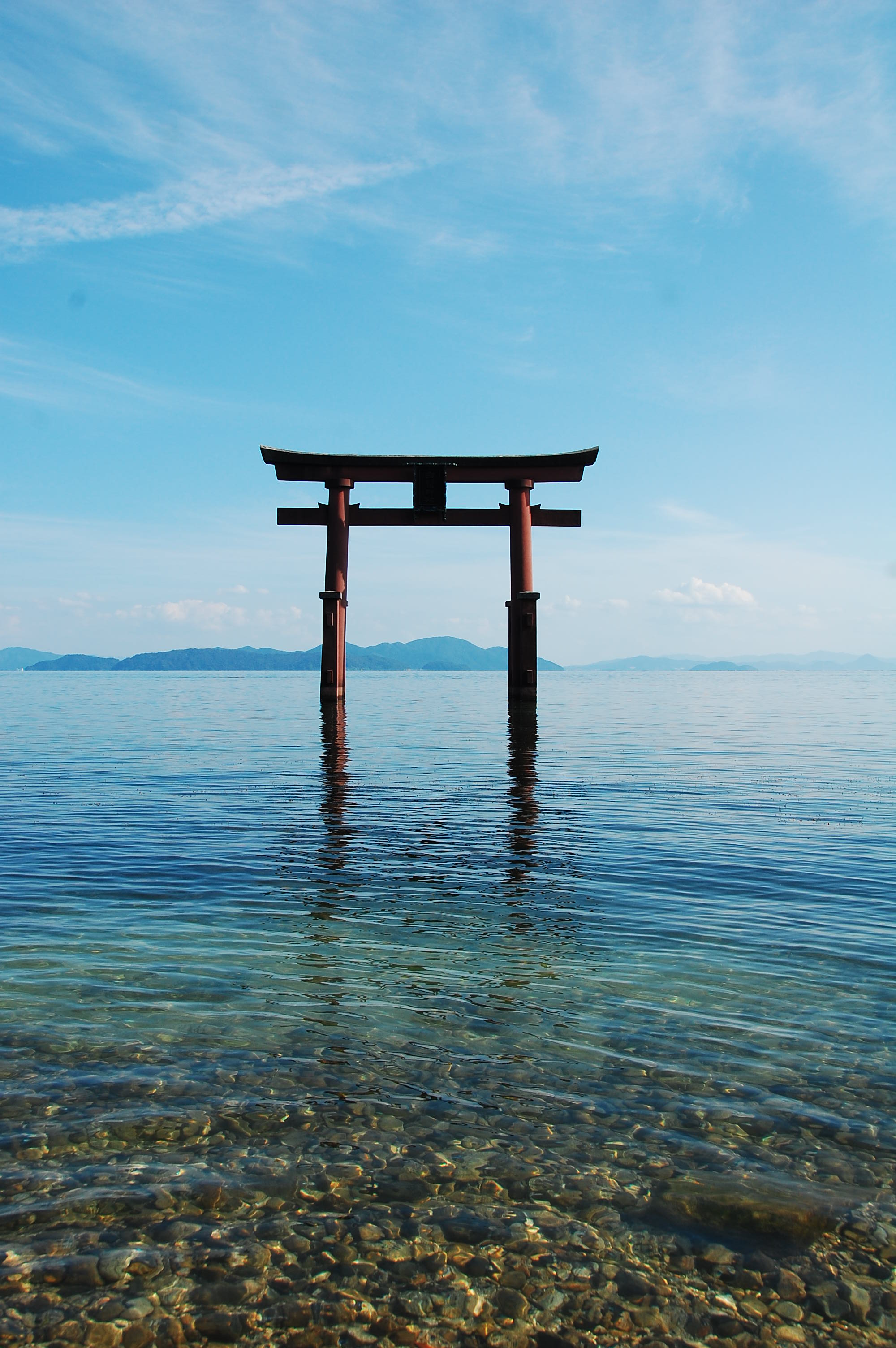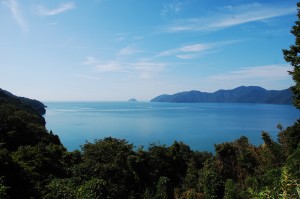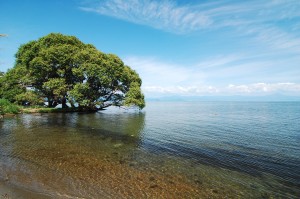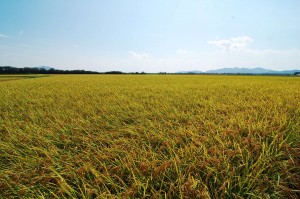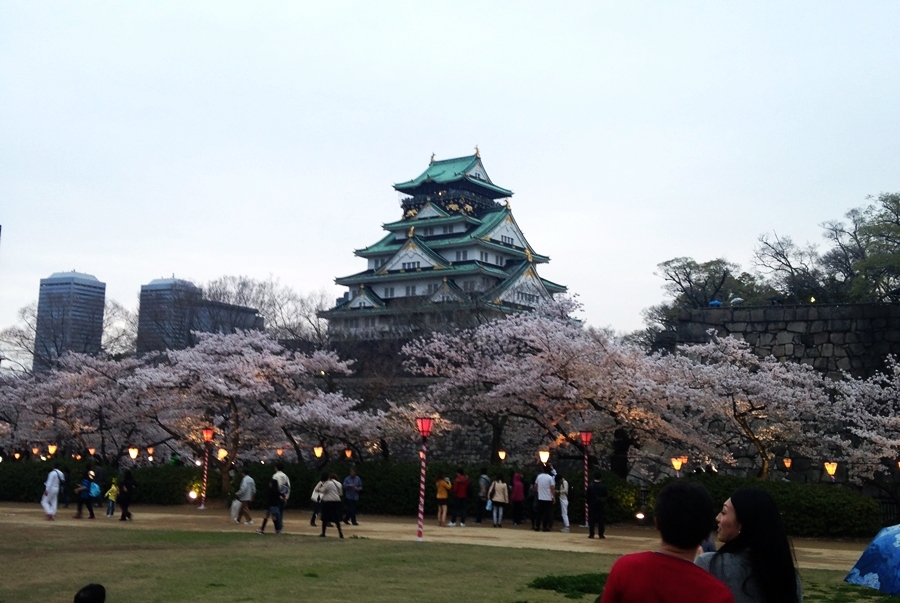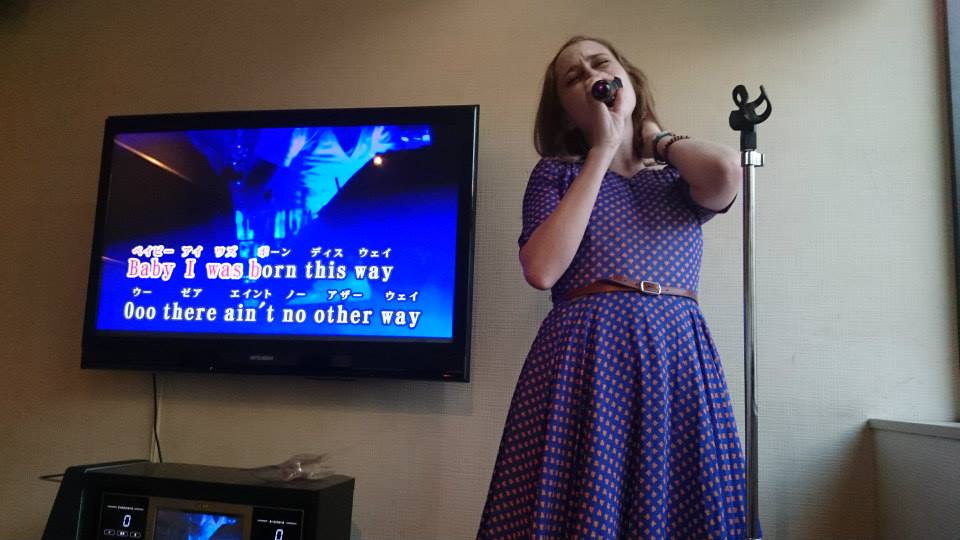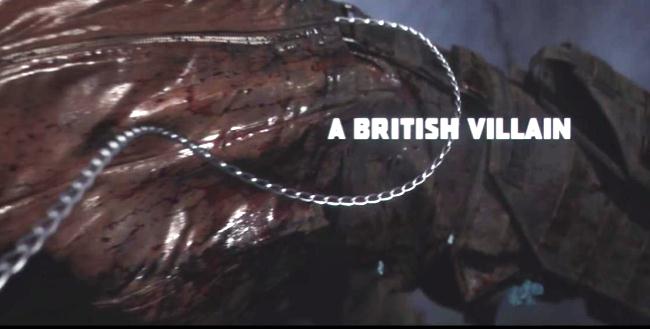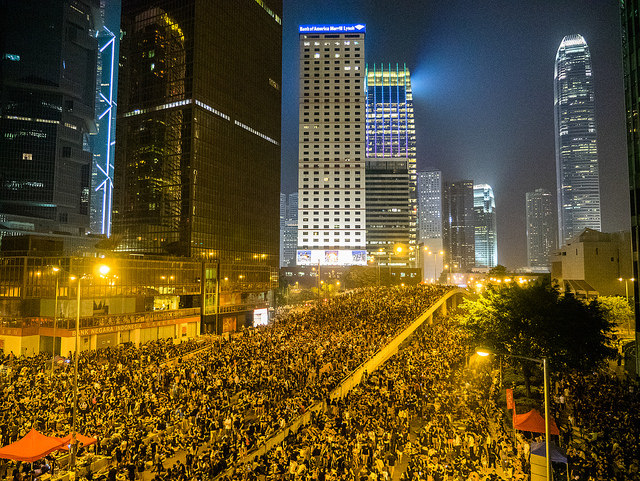Special Feature: Biking Biwa
çµç¶æ¹– (ã³ã‚ã“; Lake Biwa) is Japan’s largest freshwater lake and covers a large part of Shiga Prefecture. It’s a haven for birdwatchers, watersports, camping, and generally having a good time outdoors. It’s also a very popular destination for cyclists with a well-kept cycle path pretty much all the way around. At around 220km in circumference, it wasn’t going to be the easiest thing to get around in 2 days, but there’s nothing like a challenge to get you motivated (and hey, there a people who do it in 1 – we saw them whizzing past us on road bikes on a fairly regular basis).
First, I have a confession to make. When we completed our çµç¶æ¹–一周 over a long weekend in September, we didn’t *actually* go the entire way around the lake. If you look at a map of Biwako, you’ll see the wonderful Rainbow Bridge to the south. Rather than trawl through the urban sprawl of Otsu we headed over the bridge, cutting around 40km off our route. It was a good decision and recommended if planning your own trip. If coming from Hyogo though, the most obvious place to start would be Otsu. Life sucks sometimes.
No, we started right up at the top of the lake in a little place called 木之本(ãã®ã‚‚ã¨; Kinomoto) for the simple reason that we had friends living there. We then went round the lake anticlockwise too. Basically, we did everything ‘wrong’. That said, doing things ‘the wrong way round’ really, really worked in our favour. We started up north where the hills are, and therefore had fresh legs when tackling the most energy-consuming section of the route. The more usual clockwise route, taking in the Otsu to Nagahama section of the lake, would have you on the hills at the end of the day. I don’t think that would be fun. Not fun at all. Don’t do that. Start in Nagahama or Hikone and go anticlockwise too.
The north side of the lake is absolutely stunning. The hills, whilst much more tiring than other sections of the lake, make for beautiful scenery, and once you’re out of them, the relatively undeveloped area around the lake provides a peaceful and fun riding experience. However, when I say it’s less developed, I really mean that. It was a September trip, but as we know, that can still be on the warm side. The weather was cloudy at first, which was great for cycling, but as the clouds scarpered leaving a beautiful sunny day, my British skin started to heat a little. It was idiotic not to have brought sun cream with us, but we’re in Japan, and there are conbinis, so I just figured we’d stop at the next one and I could slather myself in protective lotion. The sun got hotter, my arms got crispier, and about 2 hours later we finally reached a conbini. Let’s just say that lobsters had nothing on me by that point.
Aside from the burning, it was a great first day of cycling. There are various little places along the route to have breaks and see what there is to see. The cycle route is well marked, though we still managed to miss one turning and go a little off course. Realizing the error, we headed back to find said sign staring us in the face.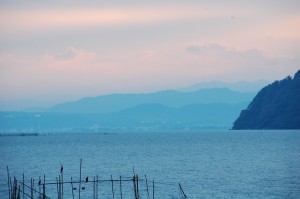 I guess you miss things when you’re getting tired. Our overnight was in Otsu, with a view of the Rainbow Bridge. We arrived just as the sun was setting, and only a little later than we’d expected. It had been a full day and since I was embarrassed to be seen in public in my sunbaked state, after an uneventful dinner, it was bed time.
I guess you miss things when you’re getting tired. Our overnight was in Otsu, with a view of the Rainbow Bridge. We arrived just as the sun was setting, and only a little later than we’d expected. It had been a full day and since I was embarrassed to be seen in public in my sunbaked state, after an uneventful dinner, it was bed time.
Day two started wonderfully. The sun was shining (but I had sun cream now!) and it was time to go over the bridge. The view from the top was gorgeous, and it’s a singing bridge so that was entertaining too (small grooves on the road surface, spaced so they play a tune as you drive over them – probably works better if you’re actually IN the car). Our legs knew that they’d cycled the day before, but weren’t grumbling about it. There was definitely a lot more along the east side of the lake than there had been on the west. There were still some stretches where we didn’t see anyone else for long periods, but it wasn’t like the previous day (possibly because I wasn’t praying for a conbini to appear on the horizon).
As we cycled north, we knew that we had a choice before us – taking the hillier road that hugged the lakeshore, or heading more inland, but with a (theoretically) more easy-going set of inclines. As we approached 長命寺町(ã¡ã‚‡ã†ã‚ã„ã˜ã¡ã‚‡ã†; ChÅmeiji-cho)it was still early in the day and we were feeling good, so the shoreline it was! I was ecstatic that we made this decision. Smaller, leaf-shaded roads kept us cool and sun dappled, with the occasional breaks in the trees providing further great views of Biwa and great excuses to have a short rest. There wasn’t a cycle path on this section, and the road was pretty narrow at times, but don’t miss it!
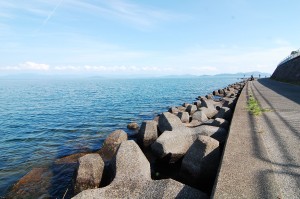
As we approached the end of the trip, life got a lot more difficult. Whilst we’d been making pretty good time for most of the day, our legs were getting tired and it soon became clear that we weren’t going to make it back to the bike rental place before it closed (when we picked up the bikes we’d mentioned the possibility of this happening so it wasn’t a problem). Accepting this, we slowed a bit more and made it back to Kinomoto just after sunset. The sense of achievement upon getting off the bike, wobbly-legged and unsure about your ability to get up a flight of stairs, was incredible. Next stop – the rather less intimidating ã—ã¾ãªã¿è¡—é“ (ã—ã¾ãªã¿ã‹ã„ã©ã†; Shimanami Kaido)from Shikoku to Honshu.
l You can rent mamacharis for as little as 500円 a day – this is what we did, however, we had the ones with a few (i.e. 3) gears. Those gears were a life-saver on some of the hills. It wasn’t much, but I wouldn’t have wanted nothing. Road bikes are also available for more, but if you have the time, taking a slower bike can be nice too. Having a basket for your bag so your back won’t get quite so sweaty is another very good thing.
l Alternatively, if you have your own bike, get a bike bag and you can take it on the train with you! (If going by car, the choice would clearly be up to you)
l There are camp grounds all around the lake, so possibly consider camping as it gets warmer.
l This trip was all about getting around the lake, rather than using it as an opportunity to explore some of the cities along the shore (which we’d done on other occasions). Taking an extra day to go around the lake, and the time to explore Hikone and Nagahama, is definitely something I would have wanted to do otherwise. The city centers of both are probably less than 10 minutes from the lakeshore, and really worth seeing, not least to get some 地ビール (micro-brew beer) in Nagahama.
Imogen Custance
